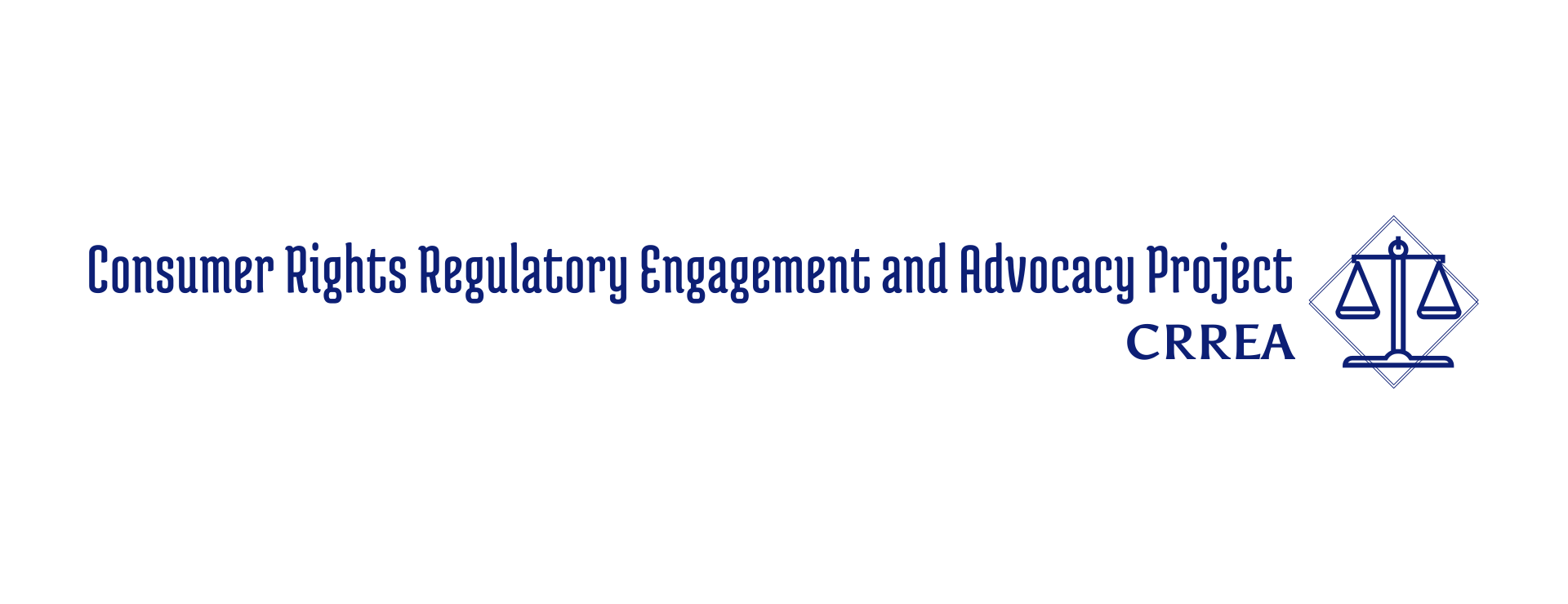Whether you have just found us, or you have been with us since the beginning, we invite you to take stock with us of all of our regulatory advocacy materials. Let us know how we can improve, and what you think we should do next!
With the release of the Regulatory Advocacy Quick Guide, our one page mapping tool for regulatory advocacy, we wanted to stop a minute and take stock of our first three months at CRREA Project and to share our upcoming plans.
Regulatory Advocacy Materials
Under Regulatory Advocacy Materials, we now have up:
- A one-page checklist, How to Comment;
- A short document on the Congressional Review Act;
- Working with Cost-Benefit Analysis as an Advocate;
- Decoding the Unified Agenda: A Guide for Advocates;
- Regulatory Advocacy Quick Guide; and
- Regulatory Advocacy Glossary.
Taken together, these materials walk you through how to engage in everything from commenting on a rule to developing a multi-pronged regulatory advocacy strategy focusing on the issues core to you and your community. They are also, as far as we know, unique in their focus on practical tips geared to busy people. Both Decoding the Unified Agenda: A Guide for Advocates and Decoding the Unified Agenda: A Guide for Advocates are focused on helping you translate what you know into the language of regulators.
We’ve also got a few short videos (40 seconds to just over two minutes) up on a You Tube channel of Diane earnestly explaining our core philosophy at CRREA Project. Simply by telling our stories, conveying to regulators what we already know, we have great untapped power to change the rules that do so much to shape the possibilities in our lives and in our communities. Some of you may have seen them on Twitter or watched them in a training.
We expect we’ll have a longer guide on effective commenting up in the next few weeks, and there are other materials in the pipeline. With any of these materials, we encourage you to use them, share them, and let us know how we can improve. Our goal is to help you do more effective advocacy on behalf of racial and economic justice; we can only do that if you let us know what works and what doesn’t. If you have been a fan of our work, consider signing up for our newsletter, using the application on our blog.
We’ve done a few trainings so far and are looking forward to our three-session extravaganza at the NCLC Consumer Rights and Litigation conference this November. With NCLC, we are hosting a session on why and how to do regulatory advocacy, a Q&A on regulatory advocacy with former CFPB officials, and a strategy summit on economic justice regulatory advocacy.
CFPB Specific Materials
The website also has CFPB specific materials, including a list of every regulatory action the CFPB has taken since the beginning of COVID, updated through September 15, and our rating as to whether the regulatory action was consumer-protective or advanced fair lending. We’re in the middle of a blog series now that is exploring the question of what the Dodd-Frank Act said about centering the voices of marginalized communities at the CFPB, what the CFPB did, and what more we can do to make sure the voices of marginalized communities are centered at the CFPB. If we want racial justice, we have to listen to what marginalized communities have to say, and we have to act on that information.
The need to listen to and act on the experiences and views of marginalized communities was apparent in the wake of the subprime foreclosure crisis and the Great Recession when the Dodd-Frank Act was passed. The disparate impact of COVID-19 on Black and Brown communities, as well as Native American and immigrant communities, in terms of health, mortality, and financial well-being, has only made the need for the CFPB to center the voices of marginalized communities more evident and more pressing.
Kate and I are very grateful that we’ve been able to work so closely with Sarah Brandon, Travis Doyle, and Nikka Pascador. Each of them has offered amazing contributions and helped us re-imagine this work. We also couldn’t have done it without all the people who’ve been so generous with their time in reviewing materials and encouraging us. Thank you. We’re looking forward to seeing what the coming months bring.
